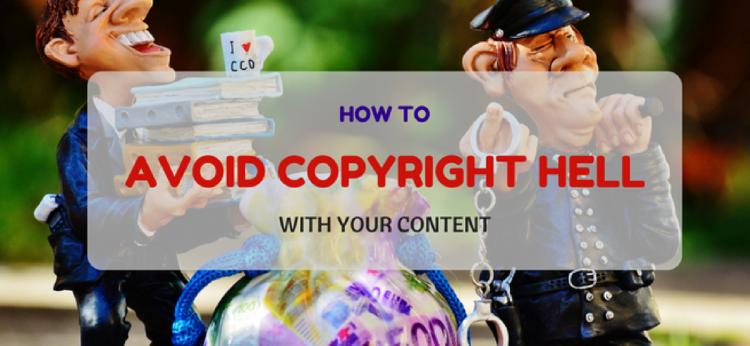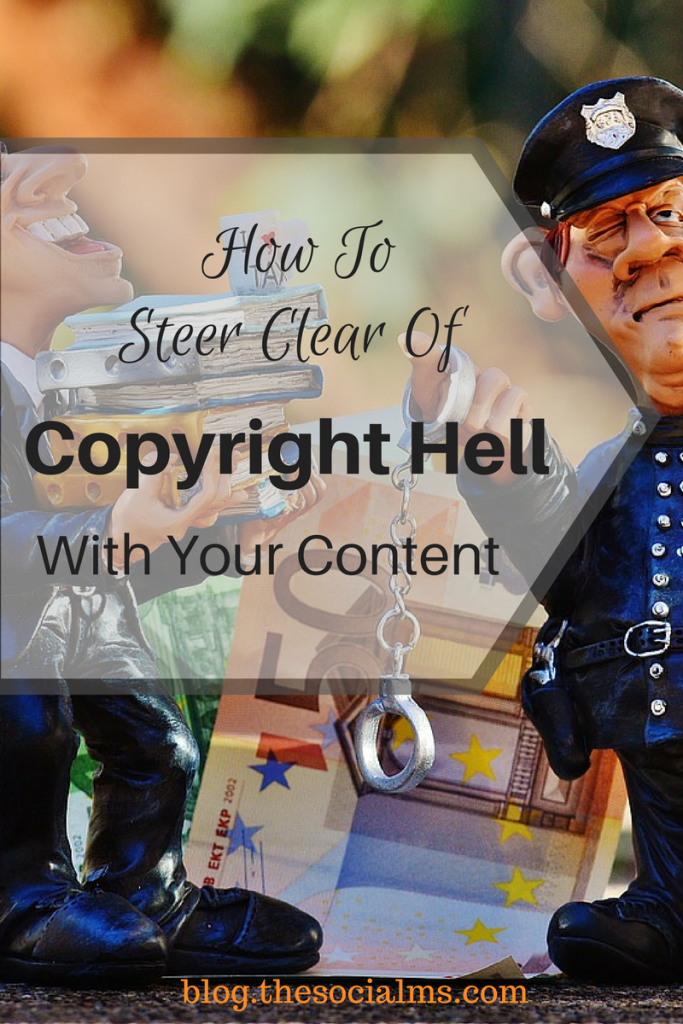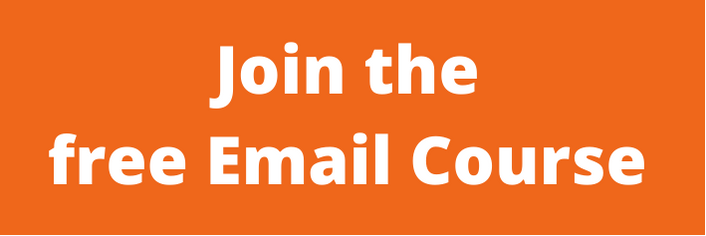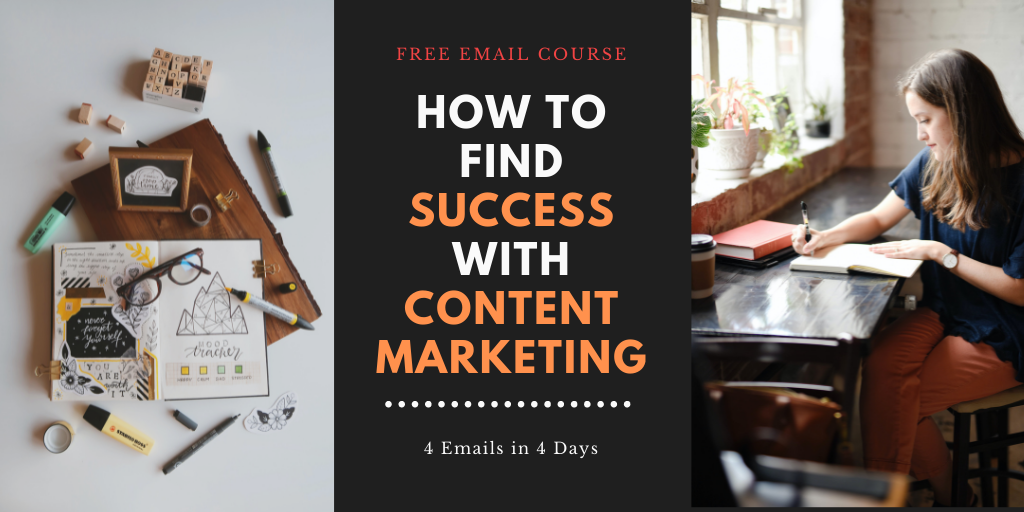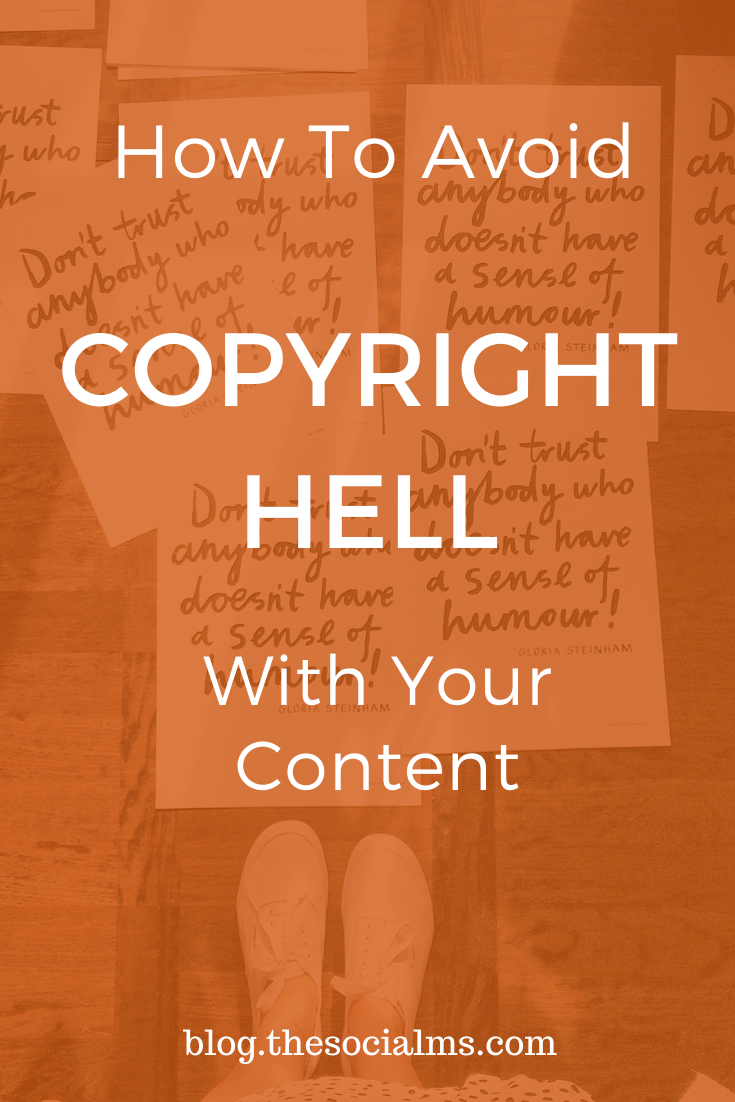The following is a guest post by Augustus Franklin. Augustus Franklin is the founder and CEO of CallHub, a California-based Voice and SMS service company bridging the communication gap for political campaigns and advocacy groups. When he is not working, he is either making toys with his kids or training for a marathon.
What is a pirate’s least favorite letter?
Dear Internet User,
We have been notified that your Internet account may have been involved in the exchange of unauthorized copies of copyrighted material. We have included a copy of the DMCA notice which contains the specified allegation.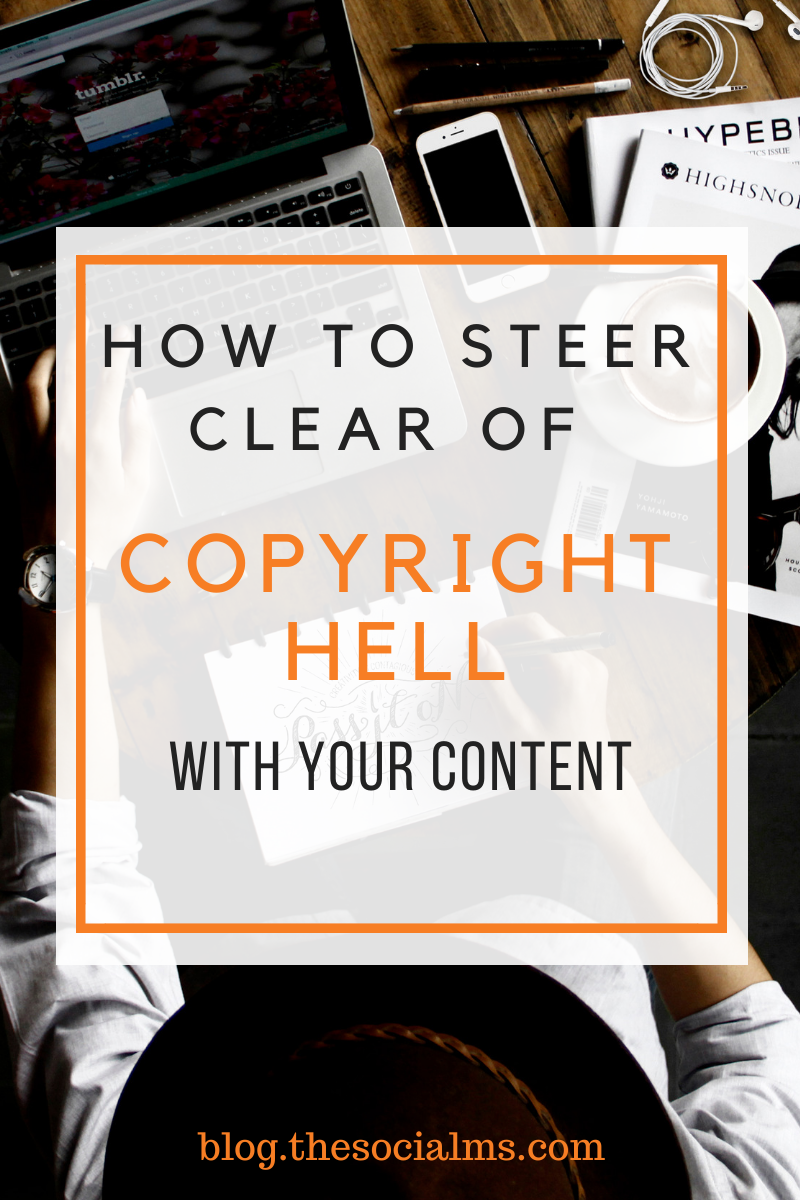
Before you read on - we have various resources that show you exactly how to use social networks to gain massive traffic and leads. For instance, check out the following:
FREE Step-by-Step Twitter Marketing GuideFREE Pinterest Marketing Ebook
I had a better joke, but someone else owns the copyright. Maybe it has happened to you as well. You post something on the internet only to have it taken down because a piece of music or an image or a clip you used triggered a copyright infringement notice on your content. Best case scenario: you edit out the piece which got flagged, and life returns to normal. In the worst case, though, you face a lawsuit in court.
With the amount of content circulating on the web to be freely rehashed, it can happen to anyone. In general, people don’t realize that a lot of the media they share around are owned by the creator, and it can get them in trouble if the owner considers it property theft.
What types of content come under copyright?
Copyright law exists to protect the production of original creative work. That includes paintings and drawings, photographs, videos, music, craftwork pieces, literature (yes, even the words on this page) and many forms of artistic expression. But copyright doesn’t protect ideas, so if you create something new inspired by an existing work, you are pretty safe. Facts cannot be copyrighted as well. But if you plagiarize word-for-word the text out of a history book, you would still be guilty of copyright infringement.
Also, there is a limit to copyright license. Generally, it is 70 years however it depends upon the country within which the work is licensed. In some countries, it is 50 years. If the creator is still alive, he, of course, would possess rights until death. So, you’d have to look up whether the work is in public domain, meaning it’s free for the general public to use. Works created before 1923 are all in public domain.
Are you accidentally violating copyright?
You might not be copying directly from the original work but using only minor bits for inspiration. That could still land you in trouble.
Storylines, settings, and characters too fall under copyright protection. So you have to take care not to use names or events that bear a striking similarity to an existing fictional work. When it comes to content, people are quite lax with using quotations. In actuality, just attributing a quote to the creator doesn’t give you a free pass to use it in your piece.
How about when you are directly referring to the original work within yours? Well, in case your content is a commentary or criticism of the original, or if you are creating a parody, you get some leeway. Fair use dictates that copying of copyrighted material is allowed for the purpose of a “transformative” piece. A transformative piece means that it is edited to offer something new, though – be it educational or merely entertaining. If it’s not a critique or a parody, your piece might not be covered under fair use and land you in trouble.
Measures to avoid copyright hell
It is clear that a volume of content being published online disregards copyright laws and some get away with it because the owners don’t maintain scrutiny or come down heavily upon them. Still, it is better to be safe than sorry. There are, in fact, some steps you can take to guarantee that your content is clear of infringement upon others’ property.
- Credit the source material
Before you start with an idea, it is common practice to research the existing material available on the same subject. Maybe you use notes or part of someone else’s work in the outline to guide you as you work. That might range from copying from an article or book or tracing the work of a famous artist. It is a healthy practice to cite your sources in your work. In case of written content, provide links to the original source whether it be in the body of your content or at the end of the piece.
Hey, before you read on - we have in various FREE in-depth guides on similar topics that you can download. For this post, check out:
FREE workbook: CREATE AWESOME BLOG POSTSFREE Beginner's Guide: START A BLOG
- Use proper quotations
There are times when the idea you are trying to express has already been said best by some other author. There is nothing wrong with using quotes in such cases. You have to cite the author and use quotation marks to help the reader understand you are merely relaying the information given by the creator.
- Find public domain work to use instead
Then there are those authors and copyright owners who are very strict about the use of their property. Photographers and designers too license their work so using them in your blog is a violation of their rights. Try to find public domain work that you can include, and you won’t have to take down your post in the future. There are a lot of sites that offer free and paid collections of royalty-free artwork. Check the license and take a minute to read the terms to stay on the safe side.
The final result you achieve should be a new product compared to the work you used for inspiration. That means you should have something of your own to offer as well. Just rehashing the same material from existing sources would not only result in poor content with no new takeaway, but it also stands a chance of being outright plagiarized. The best practice would be to take notes while you do your research and jot down what insight you could present to the reader.
- Master the topic yourself
It is convenient if the content you tackle falls within your general area of expertise. Even if it isn’t, you don’t have to spend weeks or months to come up with personal insight on the topic. Consult books or research the matter on the internet in a way that you cover more than one source to draw from. Take notes and do a rough outline combing through all the ideas. This would help you clarify the points you are trying to get across. Then pen it in your own words. Having a strong voice in your writing is very important because your readers will identify you by it and it also prevents you from inadvertently copying straight from the source.
Finally, when you are done, run your content through this handy tool to check if the content is unique. It will give you a report on whether any of the text is plagiarized. Reword the parts that might get picked out, and you are ready to publish. Use an image with a Creative Commons Zero (CC0) license (there are hundreds to choose from on sites like Pexels and Unsplash) as your title card and stay free of copyright nightmares with your “original” content.
Is your content marketing not working out as it should – or you hoped for? We can help.
Join us for a free email course about content marketing.
Learn what is missing in your content marketing that is costing you all chances of content marketing success.
find out why content distribution is the key to reaching a targeted audience – and get a checklist for your content distribution for each piece of content.
Find out how you can create more content without working like a horse.
Learn why your content is not getting the reactions, shares, and conversions you hoped for – and what you need to make it all work!
Are you in? Join us here for 4 days and 4 emails!

